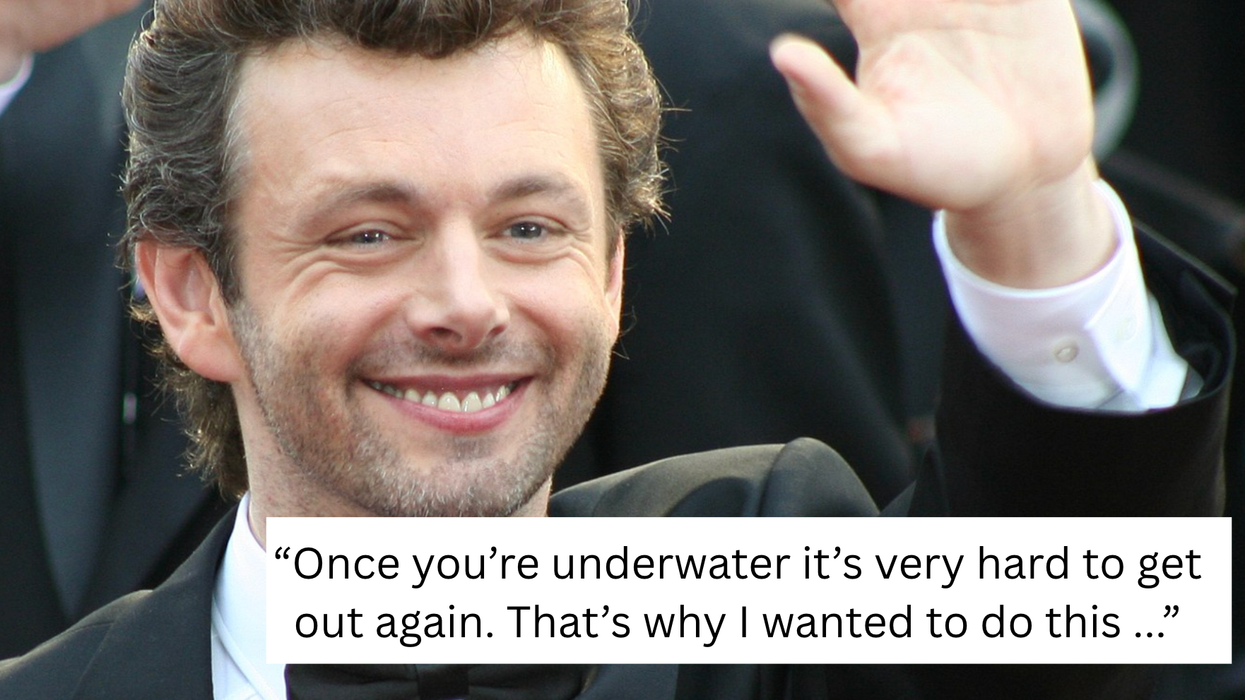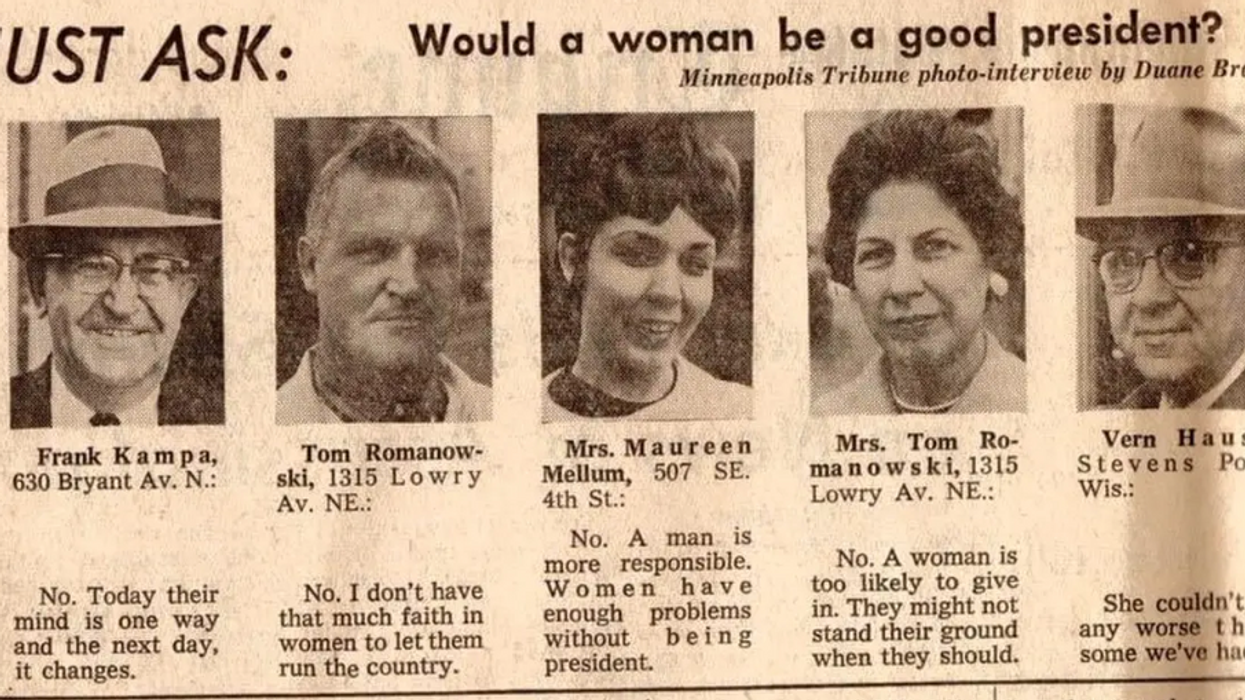At this point in my life, I am nearly $50,000 in debt. So I went out and spent $100 on brunch last weekend. Weirdly, it helped.
Any sane person would interpret the above combination as someone making extremely bad life choices, but the coexistence of brunch and debt are hallmarks of the millennial generation. Though, to be fair, millennials aren’t the most debt-strapped demographic (largely due to our lack of mortgages).
According to a 2015 Pew study, though, 41 percent of us have some student debt, averaging out to about $20,000. This year’s graduates are leaving college with a mean of $37,000 of red in their ledger, which is yet another record year in more than 20 straight years of record years.
What’s worse, fewer than half the millennials polled in a recent survey from Citizens Bank (which coincidentally owns one of my own student loans) said they’d be willing to forgo recreational activities like concerts or travel to more aggressively pay down their debt.
For better or worse, we eat and drink our overdrawn feelings away at the expense of more practical decisions.
Take, for example, financial planning. To someone like me, a self-employed journalist with a mountain of student loans and credit-card shame, spending a bunch of money on something like an accountant (outside of tax season no less!) sounds like a waste of money. But what if millennials could have brunch and get their finances unfucked, so to speak, at the same damn time? That right there is innovation, and you can laugh if you want but I’ll admit it: I finally paid for a financial advisor because brunch was included.
Well, brunch was promised, anyway. For $99, money professional and Brunch and Budget founder Pamela Capalad offered to feed a group of attendees while working with each person to debug their money situations with the advice, encouragement, and strategies typically provided in a private, four-hour consultation.
Capalad has branded these her “Brunch and Get Shit Done” events. They are a group therapy-esque version of the one-on-one sessions she also provides. Considering that most Certified Financial Planners (or CFPs) charge hundreds of dollars per session, and that an alcoholic brunch can run you an easy $40 or $50, Capalad’s experiment suddenly turns into a deal I’d be stupid not to take.
“I honestly never intended for this to be a business,” Capalad told me later. “When I saw how much it resonated with my friends and then their friends, I realized we were all looking for some feeling of relief when it came to dealing with our money. Brunch just gave people a way to let their guard down a little so we could have a real conversation about finances.”
And there are others test-driving new money gimmicks for the far-less-moneyed set. Young CFPs like Priya Malani’s Stash Wealth and Sophia Bera’s Gen Y Planning are making a killing catering to younger clients by using the institutional know-how they’ve obtained in traditional (read: “soul-sucking”) Wall Street jobs and translating it into language vastly more attractive to the financially quagmired masses of their own generation. (And the price points aren’t bad either; blessed are the pay-what-you-can offers.)
Their business model is not about quality of a client’s portfolio. It’s about the quantity of millennials they can convince with a spoonful of agave syrup to make the medicine go down.
Of course, the reality was a little less shiny than the pictures led me to believe. “Brunch” wasn’t brunch so much as it was bracks (brunch snacks): carrots and hummus, kale chips, bits of chicken placed on thin slices of peaches. (Appetizers, I think?) And to my intense dismay, no mimosas.
I showed up five minutes early at the coworking space where the session was to take place and was the first in attendance. But after 35 minutes just two more people arrived, both of whom were friends of our host. “I am the only dumb sucker who bought into this, oh god!” I thought frantically. “This is going to be horrible, I hate money, please don’t just be a Mint tutorial please please please I need help oh please.”
These concerns dissipated quickly, however, once I realized I was basically getting a private consultation with a CFP who also happens to share my love of Trader Joe’s snacks. After going around the room to determine just how twisted our financial origin stories were—the general temperature of the room was bad, but not catastrophic, with my current situation being the worst by far—we set to work on the specific problems each of us were here to solve.
Using proprietary accounting software, we linked our bank accounts and credit cards and started combing through transactions, re-categorizing them to have a better view of what we spent. This part was, as I feared, basically a horrible, time-consuming Mint exercise. But I sucked it up, because this time it would be for more specific ends, ends that simply could not be achieved on my own with a computer and a deadline to procrastinate on. This time I would have an expert looking over my shoulder and giving me specific advice based on my unique situation.
As Capalad noted in her initial Powerpoint presentation (yes, there was a Powerpoint), everyone has their own slightly different way of engaging with money. How we spend it, how we save it, how we look at the whole concept of money in the first place is unique to the individual.
Being a young person whose initial adult engagement with finances came during the 2008 recession, entails a good deal of magical thinking about how well you’re doing. If I’d added my student loan balance to my car loan balance and credit card balances without the supervision of a licensed professional (instead of looking at them separately to soften the blow, as I usually do), I might have had an existential breakdown.
By forking over a little more money than I was comfortable spending on such a seemingly superfluous expense, I realize now that I didn’t just buy access to expert-advised strategies—even if the strategies were pretty damn good! I learned the wizardry of debt-snowballing and tweaking your credit score as well as basics like which banks have the smartest savings accounts and when to look into refinancing your student loans. But more importantly, I purchased the peace of mind that comes with having a professional who looks at money all day tell me that not only am I not totally screwed, I’ll be just fine.
As a 27-year-old who’s had to figure out how to be self-employed mostly by trial and error, having a financial planner present me with an easy, mathematically precise, specifically freelancer-oriented path to a less hellish cash flow is worth far more than $100.
“I think most of the financial services industry ignores younger people because it can't sell us a product—we don't have money to buy insurance or open an investment account, we just want to figure out how to manage our student loans while still trying to save to buy a house or start a family” Capalad says. “The types of conversations I have with clients focus more on mastering your cash flow, developing savings habits, managing your debt, creating multiple income streams, and advocating for yourself financially, whether it's disputing a charge or asking for a raise.”
As it turns out, not only do you have to have money to make money, more likely than not, you also have to have money to know what to do with money. That’s even true when, like me, all you have is peanuts. I certainly would not have learned how many dumb things I was doing with my pennies until it was far too late, if not for this new wave of creative, millennial-oriented financial services devised and offered by millennials themselves. Though their experiments might initially fall flat from time to time, people like Capalad are doing well because their advice of taking less for granted actually makes sense to our pauper asses.
Now all that’s left is for each of us, one by one, to suck it up and buy one more brunch, even if there are no mimosas involved.






















Professor shares how many years a friendship must last before it'll become lifelong